In early September 2023, Graeme Nicholls travelled to the northern Portuguese city of Porto, where he was honoured to have the opportunity to meet the internationally renowned Pritzker Prize-winning architect Álvaro Siza
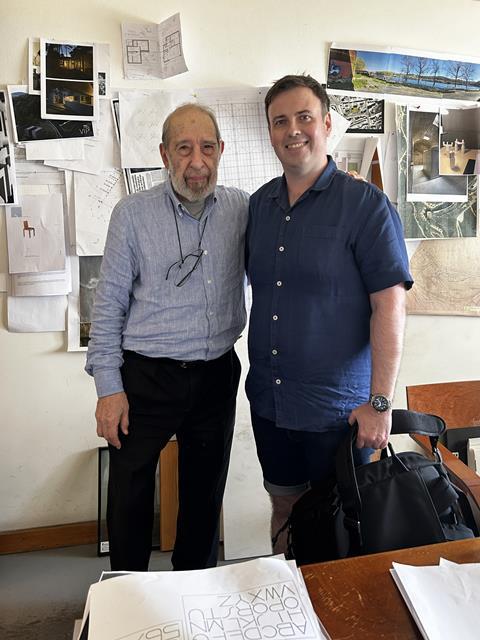
As a cognitive psychologist, my wife regularly attends the European Society for Cognitive Psychology (ESCOP) conference. This year’s event was held in the northern Portuguese city of Porto.
It is a place I had long wanted to visit, so I was fortunate to be able to join her on the journey. Being based there for five days, I could work remotely but, more importantly, treat it as an opportunity to undertake a pilgrimage to view the work of the great Álvaro Siza.
Siza turned 90 in June this year and continues to work prolifically worldwide. For example, he has recently completed schemes in Manhattan, Mexico, China and South Korea.
During the stay, I was able to visit and study nine buildings by Siza spanning six decades of his career: his four houses in Matosinhos (1954-57); the Casa de Chá in Boa Nova (1958-63); Leca swimming pool complex (1958-65); SAAL-Bouça’ social housing (1975-77); Casa Manuel Magalhães (1967-70); the Faculty of Architecture at the University of Porto (1986-93); the Serralves Museum of Contemporary Art (1991-99); the refurbishment of Boavista Garden (2004); and the São Bento Metro Station (2005).
Across the range of project scales and programmes, it was fascinating to see a common approach in his consideration of natural light, framing of views, and movement through space, which play central roles in generating forms and spatial compositions.
The projects are also notable for their ability to reconcile seemingly opposite conditions, such as built objects and landscapes in the case of his tea house and open-air swimming pools, which hunker into their geological sites. Another example is the Serralves Museum. There, Siza plays with the relationship between interior galleries and the building’s park setting in an overlapping journey by framing views of outside nature like a work of art hung on the wall.
The result of all this produces a poetic quality in his work, which is incredibly special.
The highlight of my trip was having the opportunity to meet Alvaro Siza in person at his studio.
I took an Uber from my hotel to his office. When I told the driver where I was headed, he proceeded to tell me all about Siza’s work and reputation in his home city, where he is held in the highest esteem.
The car pulled up at the entrance to the office on Rua do Aleixo, a non-descript plate metal door in a stone wall. The driver waited until we were confident I had the right place and then waved me off.
A flight of stone steps leads up to the impressive 3-storey office building that Siza shares with fellow Pritzker Prize-winner Eduardo Souto de Moura. Once inside, I was greeted by a member of staff, who led me to Mr. Siza’s office and introduced us, before we spent half an hour chatting.
Using a Bic ballpoint pen, Siza sketched plans of his Serralves Museum on a page torn from a sketchbook, picking out the location of half a dozen projects he is currently working on in and around that building. The plan expanded to include other parts of the city, where, as a visitor, I might find a good vantage point to view the city’s topography or best take in the sun setting over the Douro River.
We also talked about Glasgow, which he had visited several times. He was knowledgeable about the work of Charles Rennie Mackintosh, and was particularly interested in the current status of his famous art school building following the second fire, and also to talk about Mackintosh’s teahouses and furniture.
I’m incredibly grateful to have had the opportunity to meet him. It was a memorable day, which I will treasure as a hugely important experience.
>> Also read: Images unveiled of Alvaro Siza’s first US project
Postscript
Graeme Nicholls FRIAS is an architect and founder of Graeme Nicholls Architects, an award-winning practice based in Glasgow.





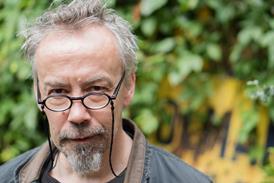





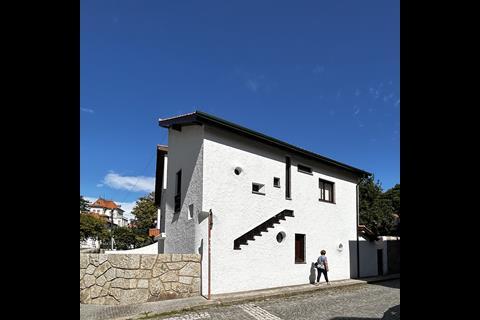
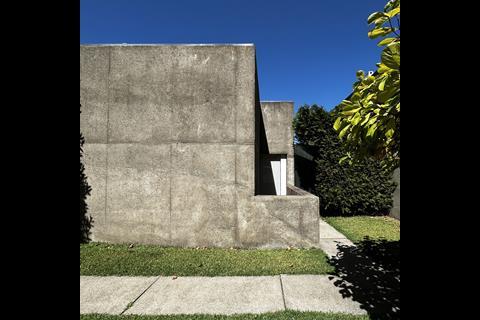

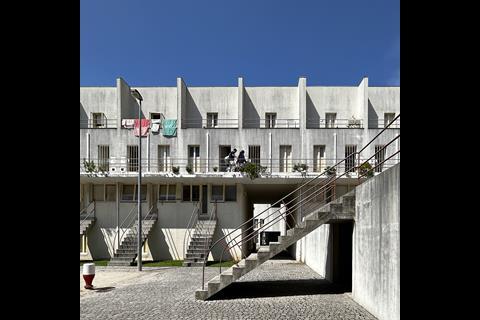






No comments yet